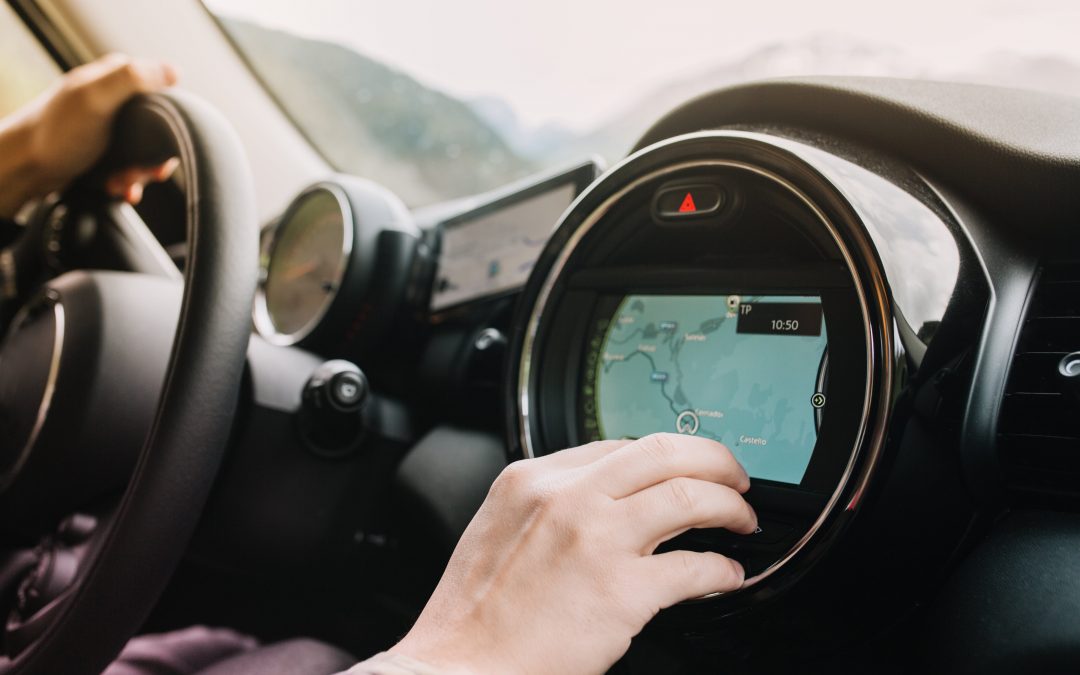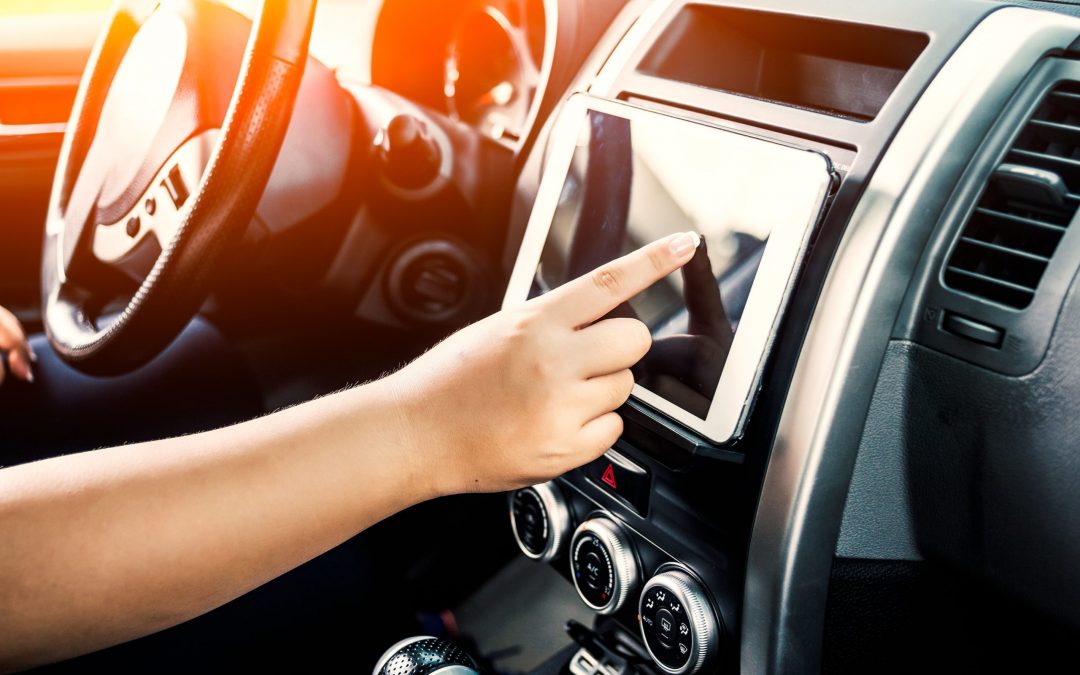
by simona | September 24, 2020 | International Telematics engineering degree
You are probably familiar with the average GPS device and you have a rough idea about how it works. GPS is used as part of a telematics solution. So what exactly is GPS and what is its connection to telematics?
At the heart of a telematics system is a vehicle tracking device with a built-in GPS receiver. In detail, the GPS receiver collects real-time data about the current location and status of the vehicle. Furthermore, a telematics solution takes that GPS tracking data and sends it via the cellular network to central computers. Finally, the data can be processed and converted into usable information visible in fleet management software.
Benefits of GPS tracking
GPS tracking data can give a precise view of where your vehicles are at any given time. Additionally, it can help identify driver behaviours like speeding, harsh braking and acceleration and excessive idling, all which can impact vehicle maintenance and running costs. Moreover, geofencing and alerts about unauthorised truck movements that are made possible with GPS trackers can help improve fleet safety.
The power of GPS
However, what makes GPS tracking even more powerful is the additional engine data that telematics systems can collect. This data includes fuel consumption, odometer readings, engine diagnostic trouble codes. In fact, just about any vehicle metric can be monitored by connecting the right vehicle tracking unit to the vehicle’s electronics.
Telematics highlights the potential of GPS and how it can be used to streamline business operations, particularly in modern fleets.
Thanks for taking the time to read our blog post on GPS and its connection to telematics. If you want to know more about our Telematics engineering study programme, our counsellor is here to provide you with more information.

by simona | May 6, 2020 | International Telematics engineering degree
Vehicle Tracking Systems have become a standard feature in the modern world. These systems utilise GPS to keep track of the location of each vehicle in a fleet. Other methods of vehicle tracking include lower distance travel. One example is if the tracked vehicle stays on one site. The data gathered is then processed by the software for a variety of purposes.
Vehicle Tracking Systems consist of three components. These include the user interface used by the fleet manager, the back-end server which receives, stores and processes data and the individual tracking devices located in each vehicle. The system can track speed, acceleration, braking, fuel tank levels, tire pressure and any other data that the vehicle records. This is then transmitted by the device to the tracking system server. The tracking system server processes the data it received from the fleets. It analyses it based on prior instructions or instructions coming in real-time from the user interface. The user interface is the software that the fleet controller sees.
Commercial fleets
The most common use of vehicle tracking systems is in commercial fleet management. These systems were initially used by haulage companies to gain an advantage over their competitors. They are now common in in-house commercial fleets. The systems can promote fuel efficiency and route completion times by automatically adjusting vehicle routes based on data from not just current location but also third party data on traffic conditions, as well as factors such as driver break requirements.
Public transit
Buses run by public transit authorities, or in some countries such as the UK by commercial fleets regulated by city councils, often use vehicle tracking systems to provide expected arrival times to customers. These systems can also allow fleet controllers to instruct drivers to wait to space out services and to divert routes when there is heavy traffic, accidents or road closures.
Salesforce
Company salesforce employees and agents can also benefit from the use of vehicle tracking systems. These are used in conjunction with satellite navigation systems to help find locations in unfamiliar regions. They can also be used to automatically adjust schedules and ternaries based on completed visits in a manner that ensures fuel efficiency and lessens the driving time between destinations.
Theft prevention
Vehicle tracking systems are used by both fleets and individual private customers in the prevention of vehicle theft. Tracked vehicles that have been reported stolen can be tracked to their current location unless the device is removed. Even in cases where the information has been removed, the information can still be retrieved prior to removal and can be used to track down thieves when combined with CCTV footage on route.
Do you want to know more about our Telematics engineering study programme? Talk to our counsellor to get more information.



Recent Comments